Yes, please! I’ll take three of those…no four…wait, I’ll take 5…okay, maybe just give me 15! If you love animals, you’d be hard-pressed to pass up a Serama chicken (or more). They are the tiniest chickens in the world, yet they have more personality than you can imagine coming out of such a little chicken body.
Our culture is enamored with miniature animals and getting to know the Serama chicken is all the explanation you need to understand why.
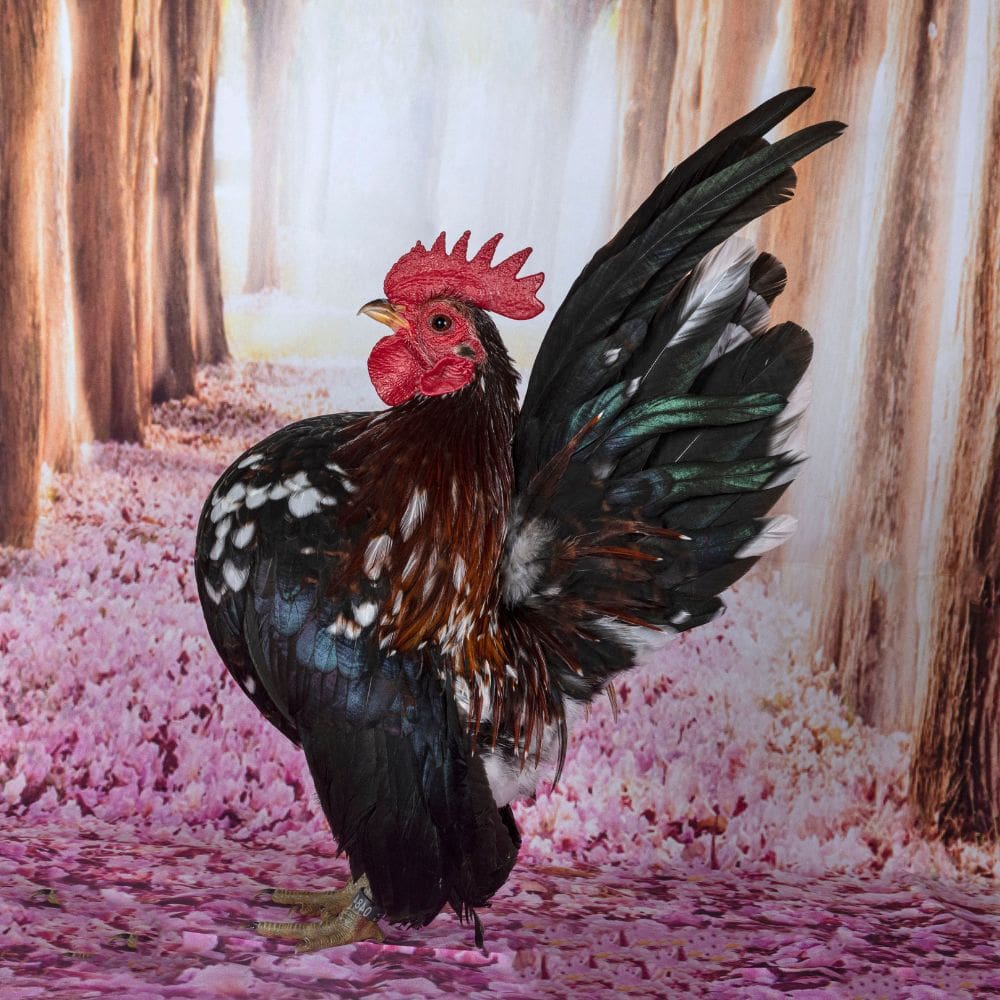
Table of Contents (Quickly Jump To Information)
A Tiny Bit of History
All hail King Rama! Serama chickens originated in Malaysia and were named after the title given to Kings of the land – quite fitting considering the very stately poses you often see them perform in front of a camera. Truly magnificent! Serama chickens are ultimately the result of crossing Japanese bantams and Malaysian bantams.
Tiny pets have always been popular in that area of the world and it’s no wonder – miniature things are irresistible. In Asia, these small chickens are often called Ayam Katik, which means pygmy chickens. Adorable.
We can thank Wee Yean Een, from Kelantan, for the modern breed we know. They were first exhibited in 1990, so it’s a very new breed indeed. Although, there are hints of the breed going further back but the lineage is not traceable.
Next, we can offer thanks to Jerry Schexnayder of Louisiana for importing this breed to the United States in 2001. It’s no surprise that he then founded the Serama Council of North America in 2003 to set standards for the breed.
Then some doom came rushing in, and the Asian bird flu epidemic in 2004 wiped out much of the breed (the government culled many, many birds out of concern). But clearly, the magnificent little birds bounced back!
Seramas are recognized by the American Poultry Association and the American Bantam Association. They are also recognized by the Poultry Club of Great Britain, but they are not as widely loved there as they are here in the United States.
Types of Serama Chickens
Serama chickens are true bantams, which means they do not have a large version of the same breed. However, there are several types of Seramas – although they do overlap. Below are descriptions from the best source there is, the Serama Council of North America.
American Seramas
The body type of American and Traditional Serama are identical. The only difference, is American refers to the colors accepted by the ABA (American Bantam Association) and therefore can be shown at most “in cage” shows which are ABA sanctioned, or 4H/Fair shows which incorporate ABA standards. As of 2019, the American accepted colors are white, black and exchequer. Traditional has the same type as American, but can only be shown table top, or entered in cage shows as AOV (All other Variety).
Serama Council of North America
Ayam or Malaysian Seramas
Ayam or Malaysian style Serama have a different, more “extreme” body type and are only able to be shown in Table Top Shows. Maintaining the balance of type that the American Serama exhibit, the Ayam Serama hold a more extreme pose. All parts of the Ayam Serama should flow together in balance. Wings aligning with eyes, head pull affecting the extremity of tail angle.
Serama Council of North America
Traditional Seramas
Traditional Serama are any other color that is NOT American colors (white, black, exchequer) blue and splash are pending ABA approval. Traditional, Colorful Serama- Identical body type to the American Serama. Balanced structure. Wings align with eyes and legs. Tail is held moderately upright.
Serama Council of North America
Not only do Serama chickens come in all colors and various “types,” – they also come in frizzle and silkie versions too!
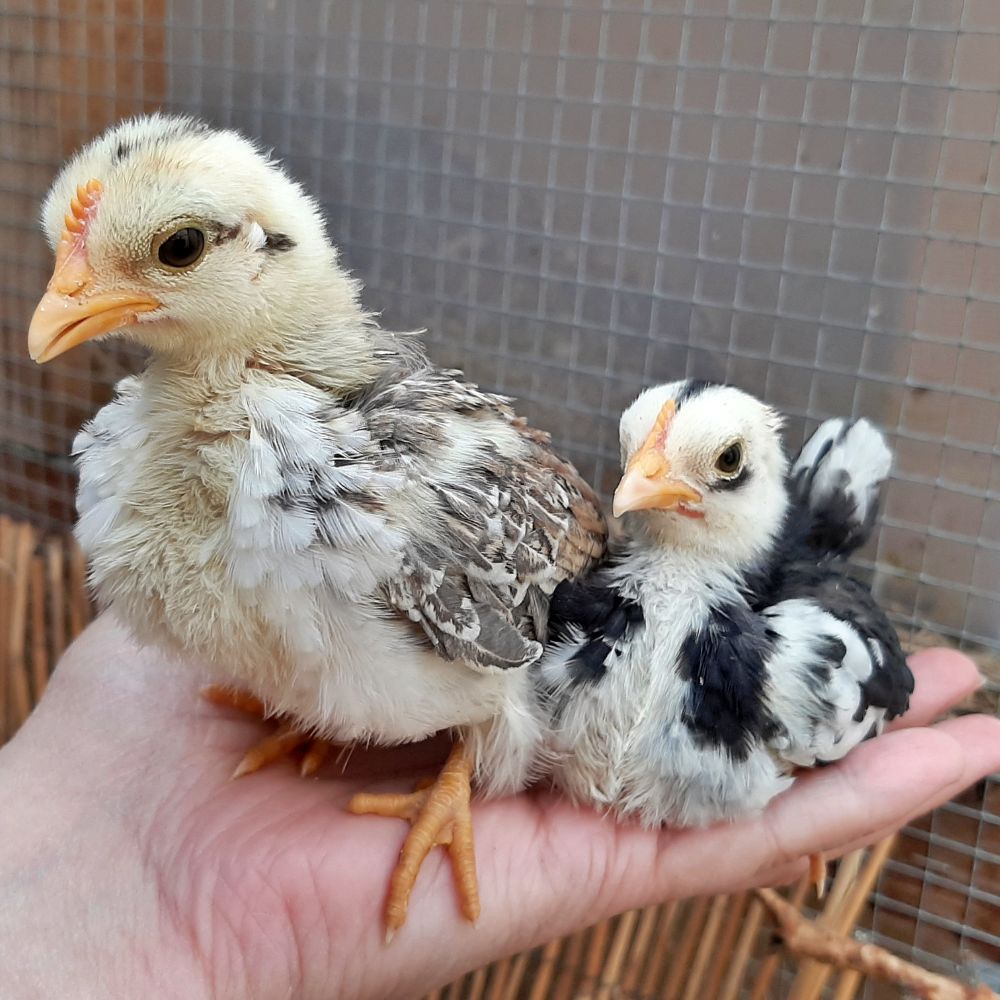
Serama Chicken Appearance
They are the cutest little pocket chickens you ever did see. It’s almost hard to believe there can be chickens so small. They are called the smallest chicken breed in the world. Just thinking about these little-magnificent-specialty birds makes me smile. 😍
They are only 6 to 10 inches tall. When presenting this breed in very large, Serama only shows they are broken down into 4 classes (by size) for the breed standard. The smallest is the Micro class, up to 13 ounces. The classes then range from Class A to Class B and then to Class C. The largest class is class C and is under 19 ounces. When you have to measure a chicken in ounces, you know it’s small.
Serama chickens stand upright and at attention like little soldiers. They stand so tall (tall like a Starbucks cup of coffee), with their chests puffed up and out so much that their tail feathers nearly (and sometimes do) touch their heads. This unique chicken stance gives them a shape that is referred to as a “V” shape.
Seramas do not breed true to any one color, therefore, they can come in a wide variety of colors and patterns. These cuties have a single red comb and red earlobes (tiny earlobes).
You will find several sites online that describe four different shape categories of Seramas: slim (tall and slender), ball (round appearance), apple (similar to ball but the breast is lower and bigger), and dragon (breast is higher than the head due to the extreme holding back of the head).
However, I see no indication of those categories in the Serama Council of North American Traditional Serama Standards, Serama Council of North America Malaysian Serama Standards, or American Serama Association Standards. They are, however, interesting and simple descriptions of the various shapes out there.
Serama Chicken Temperament
They aren’t only teensy and beautiful but also super friendly and personable. This might surprise and even shock you… but because of their small size, their friendly demeanor that well exceeds their physical size, and their inability to thrive in very cold weather, they have been known to be indoor chickens! Often times kept in aviary cages. Tempting…
Serama pocket chickens, as I call them, can make great pets for kids as well. And after your kids read the paragraph above, you know they will want an indoor chicken. Why not? Give it a try!
Are Serama Chickens Noisy?
Their size translates through to their volume! Male Seramas do crow, but they have tiny crows that don’t register too high on the noise barometer. The pitch of the rooster crow might be a bit higher than that of standard roosters. The females are chatty just like human females, but they are pretty soft-spoken.
Can Serama Chickens Free Range?
Yes, but it’s not ideal. You really need to keep an eye on them, and an ear on them. They are very tiny chickens and easy pickings for predators. They will sound the alarms if they sense danger, but it could be too late by the time you notice.
How Many Eggs Do Serama Chickens Lay?
There is a range, depending on the strain of Serama chickens you have. But many of them will lay more than 200 small eggs each year.
Are Serama Eggs Edible?
Yes, they are. Serama hens lay small eggs, but compared to quail eggs they are bigger. And many folks eat quail eggs. They may not be the most efficient eggs, as it will take several of them to equal one regular chicken egg.
How To Care For Tiny Serama Chickens
Serama chickens take special care compared to regular backyard chickens. Here is a tiny list of things to remember when taking care of your tiny chickens.
- Do not feed them regular chicken pellets, Seramas are too tiny to eat giant (to them) pelleted feed. Some places do sell bantam-size pellets that are ok. It would be best if you fed them mash or crumbles.
- Use a quail waterer, lest they may drown (gulp). You can also train them to use a rabbit/guinea pig waterer.
- Protect them from mites, lice, worms, and other parasites with nesting herbs like these in their nest box.
- Seramas can live outside, but they CAN’T tolerate too much cold (under 40 degrees is dangerous for them).
- Just like all chickens, they need plenty of fresh, clean water at all times.
- Give them vitamins. Yes, there are vitamins and minerals for chickens. 😁
- Since they aren’t good candidates for free-ranging, provide them with toys and activities like swings, perches, mirrors, and dust baths.
- Give them nutritious treats to win their hearts 💕and protect their health.
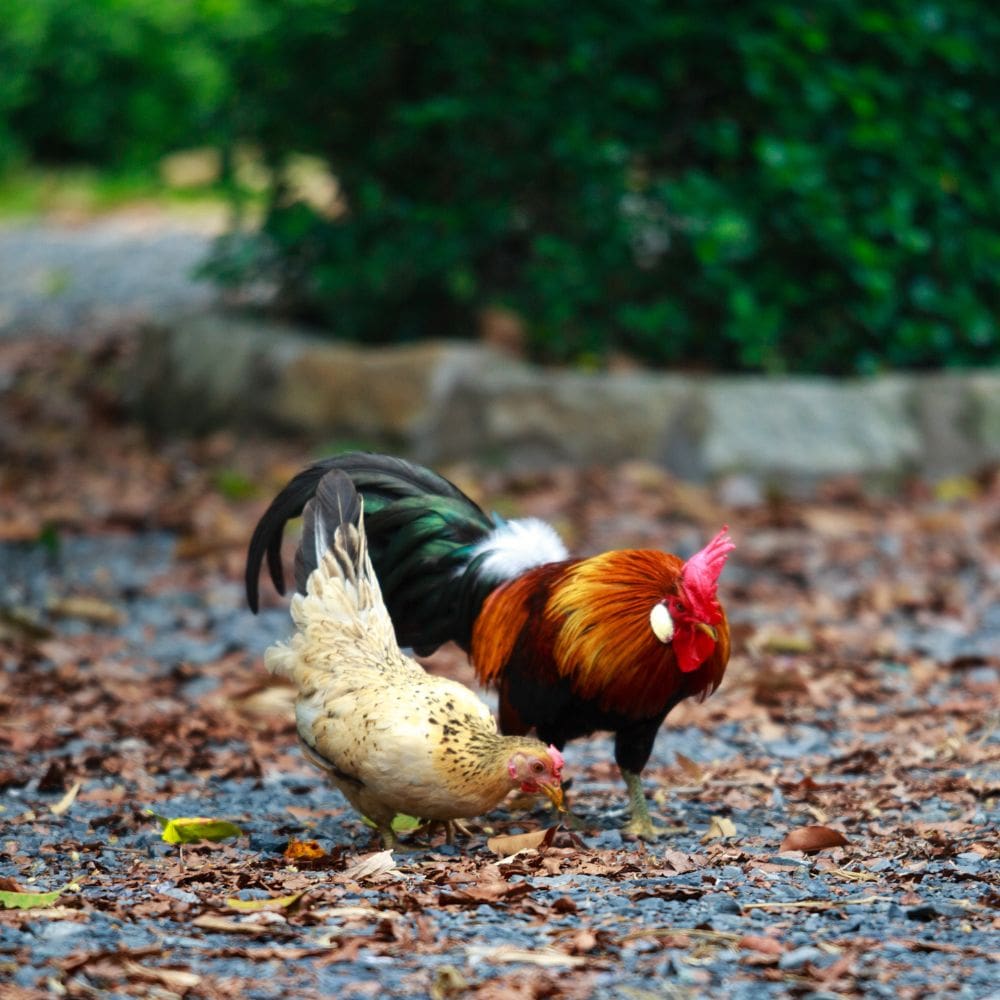
Can I Put My Seramas In With My Flock?
Not a good idea. In case you haven’t noticed, these are tiny chickens. Really tiny. They will get picked on, pecked at, harassed, and very possibly harmed. If you raise them with other bantam chickens, and that would likely work out.
Are Serama Chickens For Me?
If you like miniature animals, you have a good place to keep one or more, you want to be the star of the party when you show off your tiny little friend, and you have some money burning a hole in your pocket…then Serama chickens might be a good pet fit for you.
Also if you are looking for a show bird for 4-H possibly, or just want a special ornamental chicken, Seramas are an excellent choice.
But where oh where do you even find one of these rare teeny tiny birdies?
Where To Buy Tiny Pocket Serama Chickens
The Serama breed is rare and harder to find than your average chicken. They carry something called the “lethal gene,” which makes them hard to hatch and/or live long after hatching. This adds to their rarity.
You won’t be finding them at the local farm store during their infamous chick days. And you might have trouble finding them at the hatchery you normally order from. Below are some options to look into. Click each name to link to their websites and find more information. Warning: they are pricey per ounce! 😉💕
You may also try finding local breeders through Facebook groups and clubs as well.

A happy wife, mother, teacher, writer, hobby farmer, lover of chickens, and contributor to Pampered Chicken Mama!


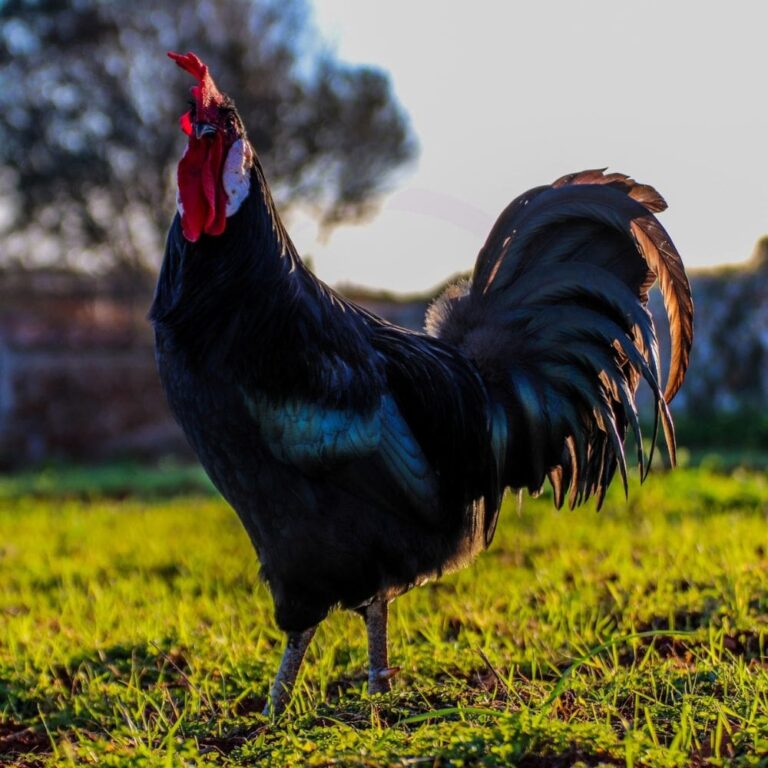
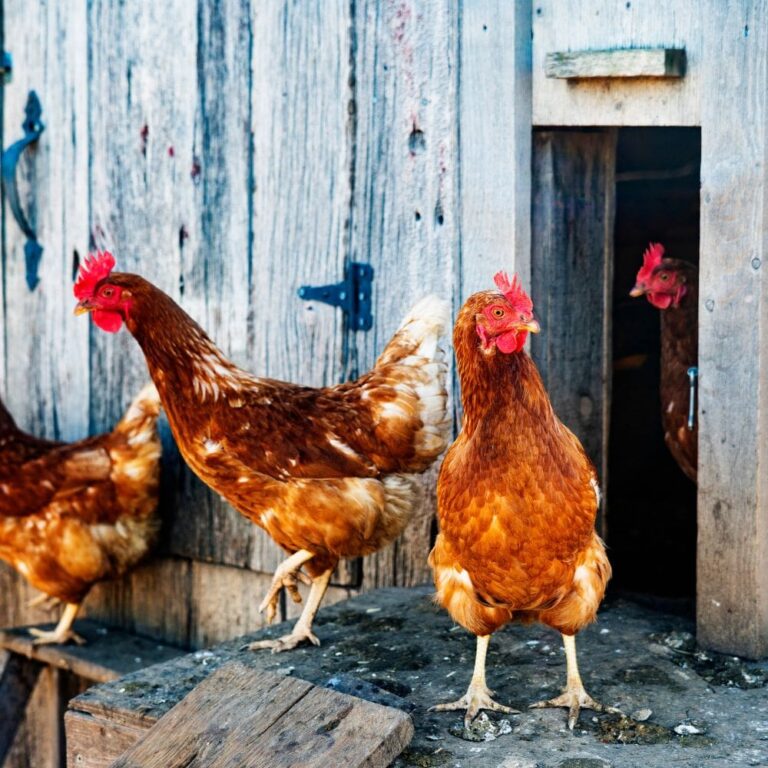
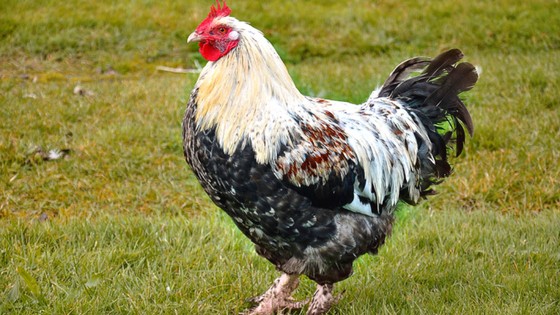
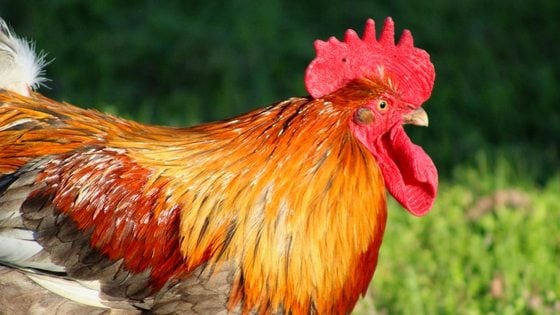
![Essential Oil Coop Sprays for Healthier Backyard Chickens [Podcast]](https://thefrugalchicken.com/wp-content/uploads/2017/01/essential-oil-coop-sprays.jpg)